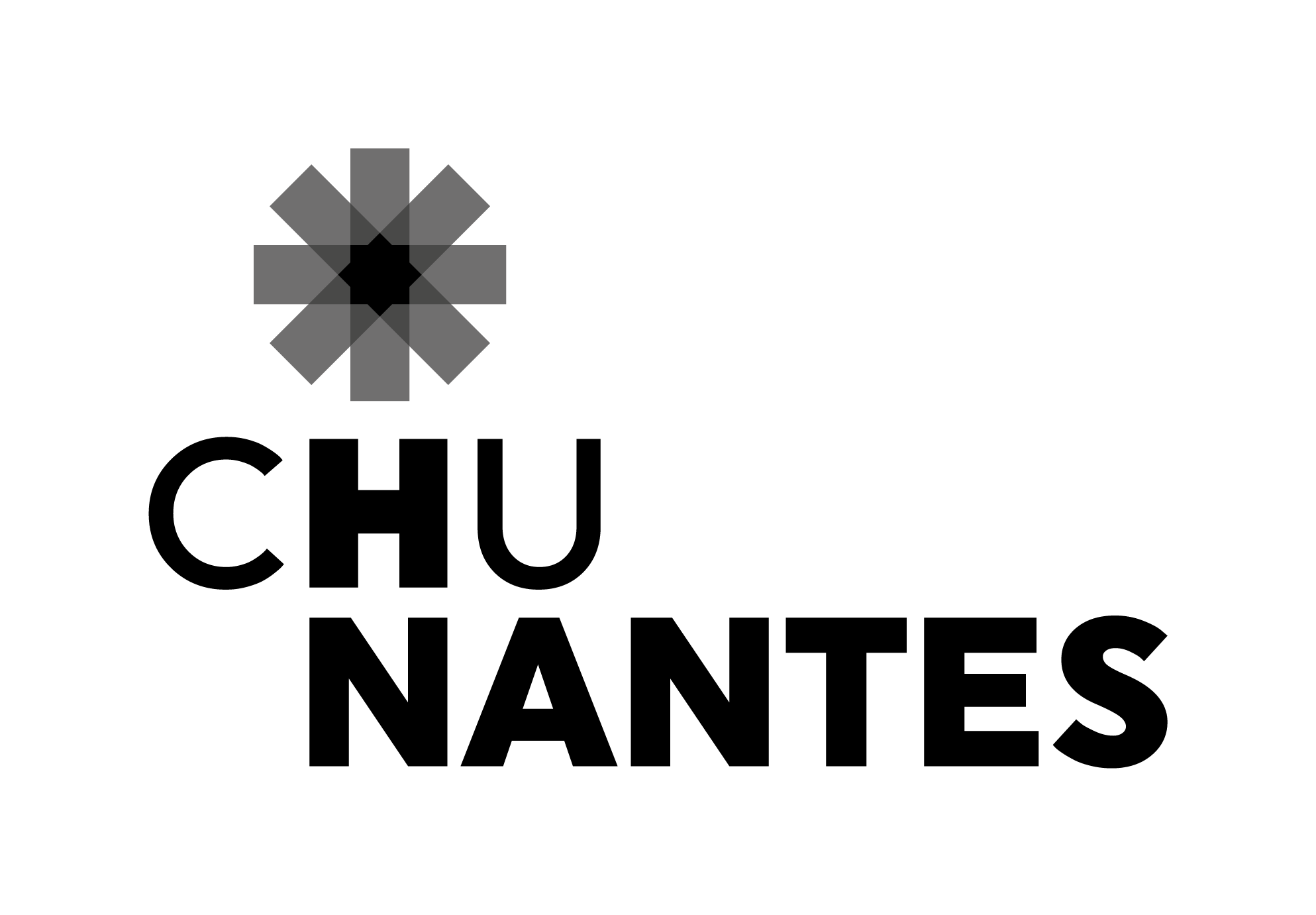ANR HEROISME 2 : Benjamin Lauzier (2023-2026)
Acute Cardiac decompensation
Hemorrhagic shock is the result of massive blood loss that can occur as a result of a motor vehicle accident, gunshot wound, domestic accident, or aneurysm rupture. It kills 3 people every minute worldwide. It represents a major public health issue for both the military and civilian sectors. It is the leading cause of preventable death in war casualties (50%) and the second leading cause of death in civilians, causing 1.9 million deaths each year worldwide. Hemorrhagic shock is a therapeutic emergency requiring rapid management. The difficulty when soldiers are injured in operations is access to care and treatment. The particularity for soldiers in operation is to be able to take care of the injured patient quickly with potential difficulties for the management such as the realization of intravenous administration or vascular filling. It is therefore important to propose transportable solutions (light, not too bulky), easily usable in combat situations and intuitive. This solution must allow to maintain the patient's condition for a transport to the place of care (field hospital, hospital center...).
The program that we wish to carry out over the next 3 years aims to advance in the drugability of the "hit" molecule(s) and to define one or two lead molecules for which we will characterize the pharmacological aspects and de-risk their use. We will also validate a functional assembly of our product with the Zeneo® needleless injector system.
Objective at the end of the ASMA hErOiSmE² project: a Zeneo® type device containing an OGA inhibitor for the injured person in hemorrhagic shock that can be easily administered in an emergency.
The consortium we propose for this project builds on a long-standing collaboration between the team of B. Lauzier (researcher, cardiac physiology) and A. Tessier (researcher, synthetic chemistry). Their expertise has been reinforced for a few years by the group of N. Prat (physician, IRBA researcher) who brings his knowledge of the pathophysiology of war trauma and large mammal (pig) models. This association of 3 academic research groups is completed by two companies. The company Crossject which is specialized in the development of solutions for intramuscular injection without needle. Finally, the company IDD, specialized since 2003 in a wide range of services such as regulatory assistance and assistance for MA applications as well as medical device certifications. A well-established partner of the French Army, IDD will bring its expertise in project management and strategic development (CMC, non-clinical, clinical) as well as in regulatory strategy.
In conclusion, the hErOiSmE² project should allow to reach a TRL 6 maturity level (validation in a representative environment of a representative model or a prototype system) - validation of the ZENEO® device and basic pharmacology in a large mammalian animal model.
Cardiac development
According to literature, 13 to 44% of pediatric cardiac hypertrophy (PCH) is linked to Gestational Diabetes mellitus (GDM) yet the exact mechanism leading to PCH is not clearly identified. Diabetes is closely linked to alteration in signaling pathway, particularly that of insulin and glucose, as well as other metabolic pathways. Diabetes has long been known to be associated with significant increase in total O-GlcNAcylation. This post-translational modification is involved in many cellular processes such as cell division, growth and transcription. We have demonstrated that increase in O-GlcNAc level is associated with cardiomyocyte hypertrophy. However, the potential long-term impact of increase in O-GlcNAcylation on cardiac structure and function during pregnancy have never been explored.
Hypothesis: while neonatal cardiac hypertrophy associated to GDM is generally considered as the consequence of fetal hyperinsulinemia, we hypothesize that the increase in O-GlcNAc level associated with diabetes could be an important determinant of cardiac hypertrophy found in neonatal patient delivered from diabetic mother.
- Work package 1: aims at evaluating the implication of O-GlcNAcylation in PCH development during pregnancy.
- Work package 2: aims at deciphering the molecular mechanism involved in hyper-O-GlcNAcylation on cardiac structure and metabolic pathway.
- Work package 3: Evaluating O-GlcNAc levels in human placentas from control and diabetic mother.
This project will bring novel insights on the development of PCH in the context of gestational diabetes mellitus. While there is a gap in knowledge on the link between GDM, O-GlcNAcylation and cardiac remodeling, we will use state of the art approach to decipher the role of O-GlcNAc in this context. To our knowledge, our project is the first to use Single Cell RNAseq in parallel to O-GlcNAcylomic approach to dissect the molecular impact of GDM on the development of PCH.







